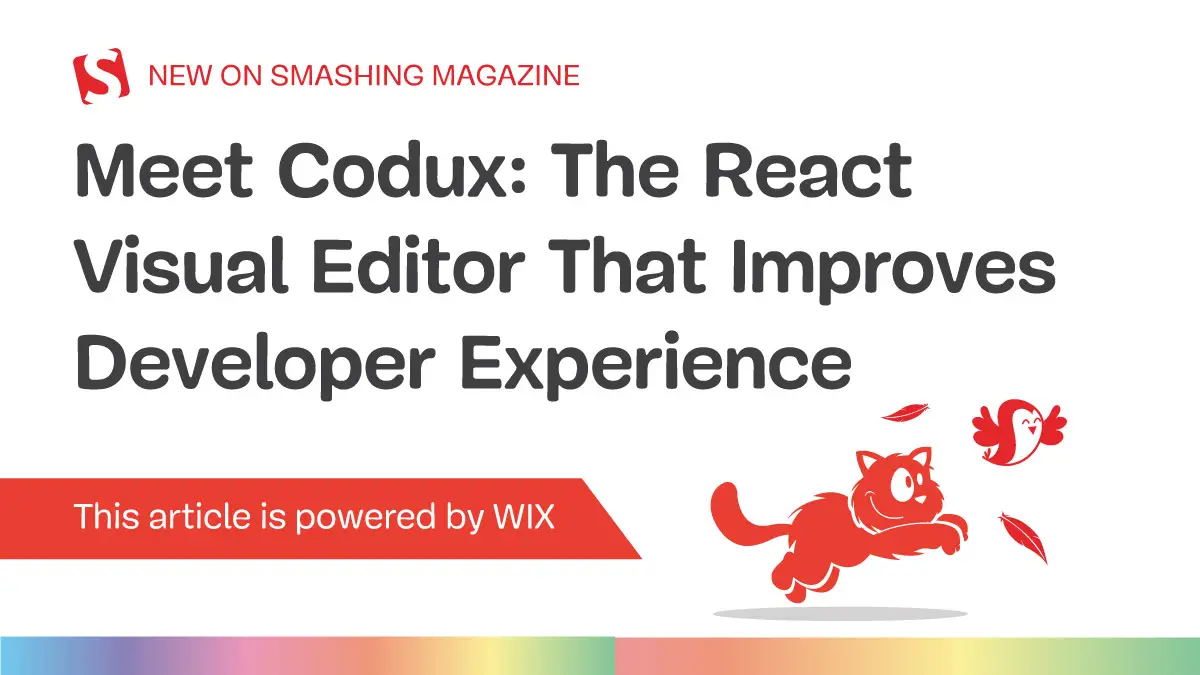Have you ever found yourself torn between trying a new restaurant and sticking to your favorite spot? You might open Google Maps to find a restaurant near you or visit a food blog to get inspired.
With so many options to choose from, you’re overwhelmed and unable to decide which place to visit next.
This is where earned value management (EVM) helps. By applying EVM principles to your restaurant decision-making process, you can measure the value of each option based on factors like cost, time, and quality of the food and service.
In this article, we will explore the concept of earned value management (EVM), its importance to project success, how to overcome typical EVM implementation challenges, and tools that can help you make the right decisions.
Table of contents
What is earned value management?
Earned value management is a project management technique that enables you to measure project performance by comparing the actual value of work completed to the planned value and cost.
EVM provides a quantitative analysis of a project’s progress and helps you identify potential problems early on, which enables you to take corrective action to keep the project on track.
Key components of EVM
To implement EVM into your product management role, you need to understand the following components to successfully gauge performance:
Planned value
PV is the budgeted cost of the work scheduled to be completed at a specific point in time, typically expressed as an amount of currency.
Earned value
On the other hand, EV is the budgeted cost of the work that has actually been completed to date, which is known as budget at completion (BAC).
You can express EV as:
EV = BAC * % Complete
Actual cost
Finally, AC is the actual cost of the work that has been completed to date. AC allows you to determine how much the completed work cost, as opposed to what was planned.
By comparing AC to EV, you can determine if the project is within budget or if additional costs need to be accounted for.
Earned value metrics
Now let’s have a look at the metrics that you can derive from the three components:
Schedule variance
Schedule variance provides you with insight into how much work has been done, compared to what was planned. If the EV is less than the PV, it means that your project is behind schedule, while if the reverse happens, it suggests that the project is ahead of schedule.
You calculate SV by:
SV = EV- PV
Cost variance
Cost Variance (CV) measures the difference between the earned value of a task and its actual cost. It helps you determine how much over or under-budget a project or task is.
A positive CV indicates that your project is under budget, impling cost savings and efficient resource utilization. A negative one, on the other hand, means you’re over budget.
This figure can be obtained by using the formula:
CV = EV – AC
Schedule performance index
To evaluate how efficiently you’re utilizing your project schedule, you can use the schedule performance index (SPI).
An SPI greater than one indicates that your project is ahead of schedule signifying efficient time management and progress. Keep an eye out though because when it drops below one it means you’re running behind.
The formula to calculate SPI is:
SPI = EV / PV
Cost performance index.
Cost performance index (CPI) enables you to assess not only the amount of money spent on a project, but also how efficiently it is being utilized, providing an immediate evaluation of the cost performance.
When greater than one, your project is under budget, implying cost efficiency and effective resource utilization. When less than one, you’re over budget.
Subscribe to our product management newsletter
Get articles like this to your inbox
Calculate CPI using this formula:
CPI = EV / AC
Benefits of EVM
Using EVM for project management has several benefits:
Early warning of potential issues
EVM allows you to identify potential problems early on. Think about cost overruns or delays in the schedule. This gives you the opportunity to take corrective action before these issues become larger problems.
Improved forecasting
EVM provides you with a clear picture of the project’s current status and future outlook. Think of your cost variance showing you are already over-running after one month in a six month delivery. It allows you to make more accurate and informed forecasts regarding the project’s completion date, budget, and resources needed.
Better decision-making
EVM provides objective and reliable data on project performance. Taking the overrun mentioned earlier as an example, you can look into fast-tracking or crashing options. It helps you make better decisions about resource allocation, risk management, and other critical aspects of project management.
Increased stakeholder confidence
EVM provides stakeholders with a transparent and accurate view of project performance. This can increase their confidence in your ability to meet project goals and objectives.
EVM challenges
While EVM is a powerful tool for project management, implementing it comes with its own set of challenges. The following are some of the most common:
Inaccurate data
Inaccurate data is one of the biggest challenges when implementing. The accuracy of data is crucial for EVM as it helps you measure project performance. If the data is inaccurate, then the EVM results will be unreliable.
To overcome this challenge, focus on ensuring you have accurate and up-to-date data for the project. This includes data related to project scope, schedule, budget, and actual costs. Having an easy-to-use tool benefits you here (we’ll get to some suggestions later).
Even more important, realize you’re in the people business. It’s crucial for you to ensure that your project team is trained to collect and report accurate data regularly.
Lack of stakeholder buy-in
Lack of buy-in from stakeholders is another common challenge with EVM implementation. You need the support of stakeholders to make EVM a success. Without their buy-in, you will find it extremely hard to fully utilize EVM, leading to inaccurate results.
To overcome this challenge, educate stakeholders about the benefits of EVM and how it can help in making informed decisions. Involve stakeholders in the EVM implementation process to get their buy-in.
Poorly defined project scope
A poorly defined project scope can lead to inaccurate EVM results. If the project scope is not clearly defined, it’s going to be extremely difficult to measure project performance accurately.
To overcome this challenge, ensure that the project scope is well-defined and understood by all stakeholders. Your project charter, delivery plan, and project kick-off are your best friends. They include the project objectives, deliverables, and timelines. Once the project scope is well-defined, you can use EVM to measure project performance accurately.
Lack of project management process integration
Lack of integration with other project management processes is the fourth most common challenge. EVM should be integrated with other project management processes such as risk management, change management, and quality management. Failure to do so leads to inconsistencies in project data and inaccurate results.
To overcome this challenge, ensure that EVM is integrated with other project management processes. You do this by ensuring that EVM data is included in project status reports, risk management plans, and change management plans.
Best practices for incorporating EVM
Here are some best practices for incorporating EVM:
- Establish a baseline — Establish a baseline for the project’s budget and schedule, against which you can compare actual progress and costs
- Define project tasks — Define project tasks clearly and break them down into manageable segments
- Assign resources — Assign resources to each task to ensure that they are adequately resourced
- Track progress — Track progress against the baseline to ensure that tasks are on schedule and on budget
- Calculate EVM metrics — Calculate EVM metrics such as Cost Variance (CV), and Schedule Variance (SV) to evaluate project performance
- Analyze EVM results — Analyze EVM results to identify trends and potential issues that require corrective action
- Communicate EVM results — Communicate EVM results to stakeholders regularly to ensure that everyone is aware of project progress and potential issues
- Use EVM to make data-driven decisions — Use EVM metrics to make data-driven decisions about project management, including resource allocation, schedule adjustments, and corrective action
- Continuously improve — Continuously improve EVM processes by incorporating lessons learned into future projects
When selecting tools for EVM implementation, it’s crucial to consider the specific needs of your project and your team. Additionally, choose one that integrates well with your existing project management processes and meets the specific needs of your project.
Here are six you might want to consider:
Microsoft Project
Microsoft Project is a project management software that includes EVM capabilities. It allows you to track project progress, analyze costs, and create reports.
Primavera P6
Primavera P6 is a project management software developed by Oracle that includes EVM capabilities. It allows you to track project performance, analyze costs, and manage resources.
Deltek Cobra
Deltek Cobra is an EVM software solution that provides project managers with real-time data on project performance. It includes features such as cost tracking, schedule analysis, and risk management.
Aneto EVM for Jira
Aneto EVM for Jira is a plugin for the Jira project management software that provides EVM capabilities. It allows you to track project progress, analyze costs, and forecast project outcomes.
SAP Project System
SAP Project System is a project management software solution that includes EVM capabilities. It allows you to track project performance, analyze costs, and manage resources.
OpenProject
OpenProject is a project management software solution that includes EVM capabilities. It allows you to track project progress, analyze costs, and manage resources.
Conclusion
In today’s fast-paced world, making the right decisions quickly can be the difference between success and failure.
That’s where earned value management (EVM) comes in. This project management technique provides you with reliable and objective data on project performance, allowing you to identify potential issues early on, improve forecasting, and make better decisions. By tracking its key components, EVM enables you to take corrective action and keep your projects on track.
So, whether you’re a project manager looking to improve your decision-making or simply trying to choose your next diner, consider using EVM to help you make the best choice.
LogRocket generates product insights that lead to meaningful action
LogRocket identifies friction points in the user experience so you can make informed decisions about product and design changes that must happen to hit your goals.
With LogRocket, you can understand the scope of the issues affecting your product and prioritize the changes that need to be made. LogRocket simplifies workflows by allowing Engineering and Design teams to work from the same data as you, eliminating any confusion about what needs to be done.
Get your teams on the same page — try LogRocket today.
Source link






Leave a Reply